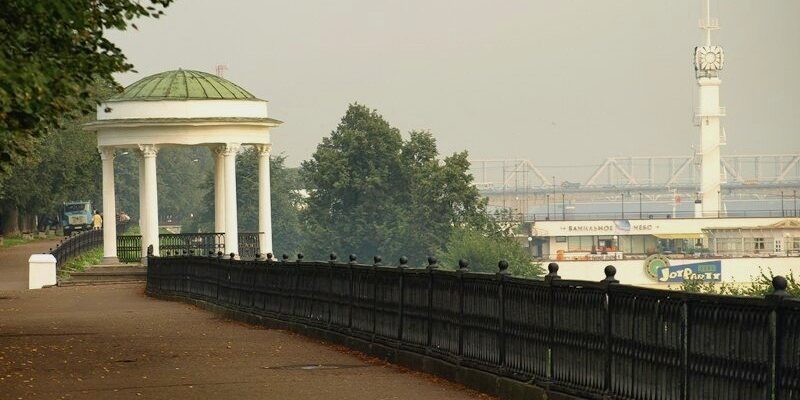Volga embankment in Yaroslavl
Volga embankment in Yaroslavl is a bright business card and the main promenade of the ancient city. Three levels of wide alleys decorated with thick crowns of trees are created above the river bend. To the embankment face the elegant facades of buildings, between them rise the golden domes of belfries and churches. From morning till late evening at any time of the year the Volga embankment is full of leisurely strolling citizens and tourists who came to see the sights of Yaroslavl. It is especially beautiful here in the wee hours of the evening, when singing fountains play illuminated jets on Strelka, and the silhouettes of buildings and alleys are highlighted by illumination.
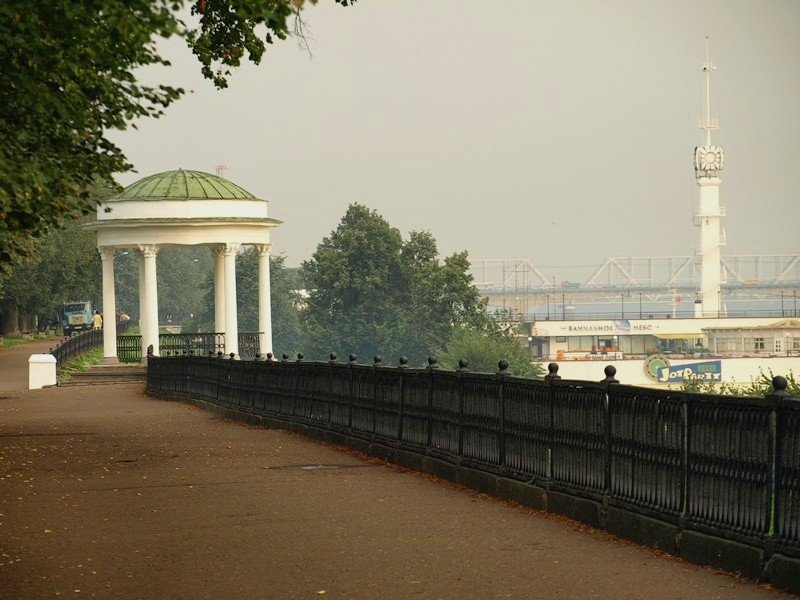
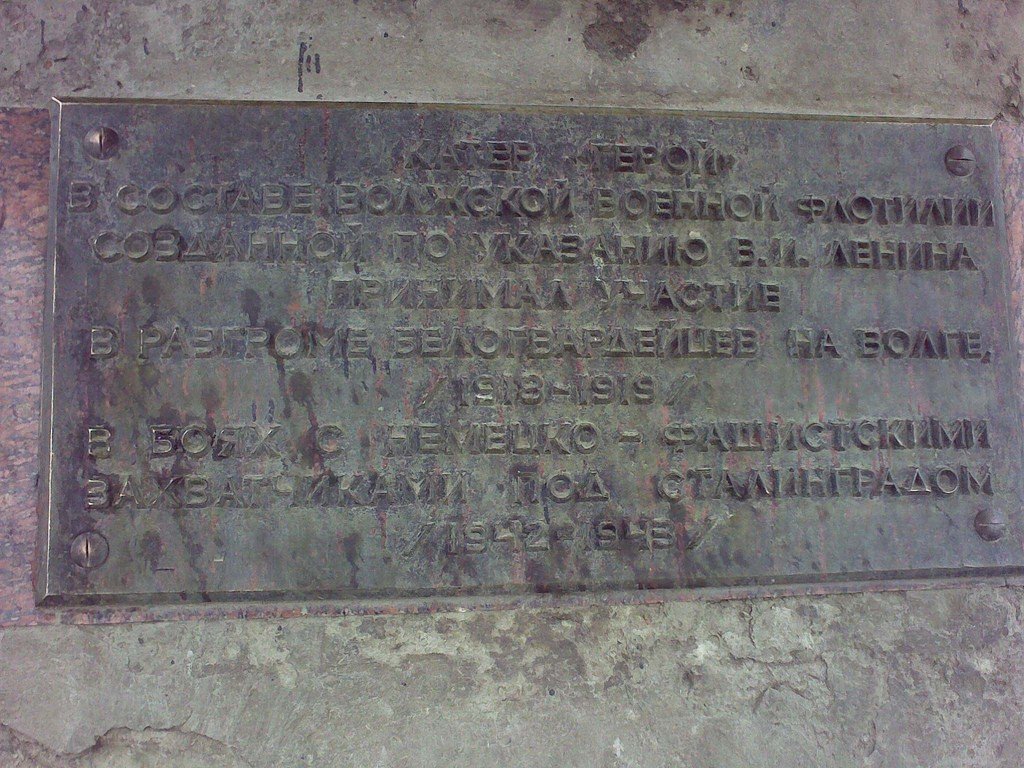
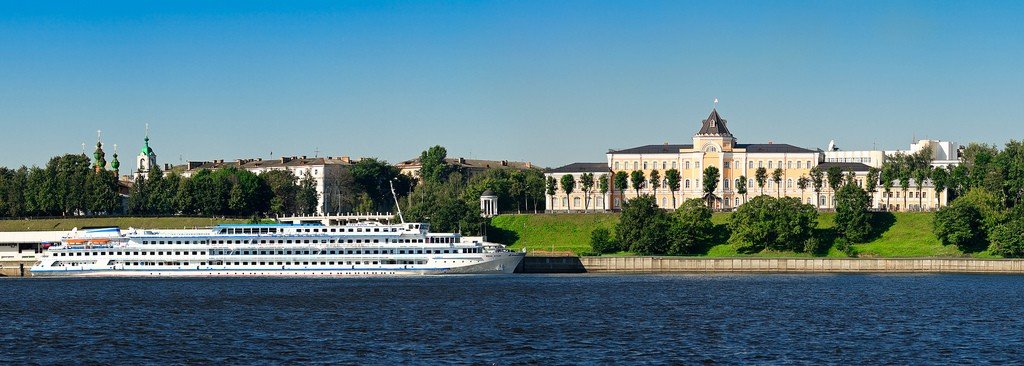
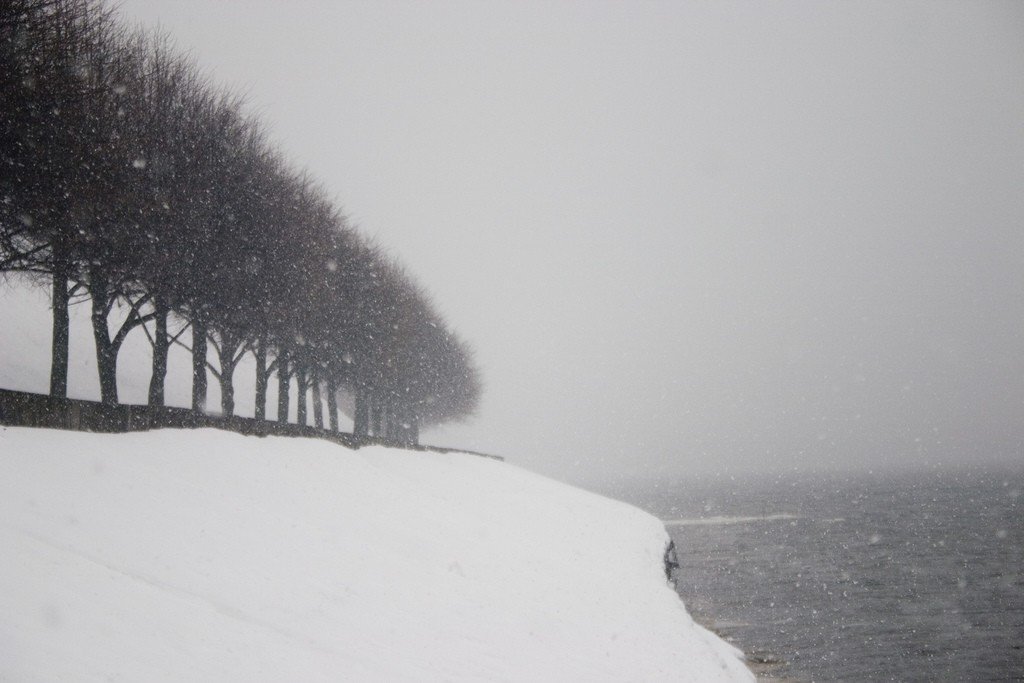
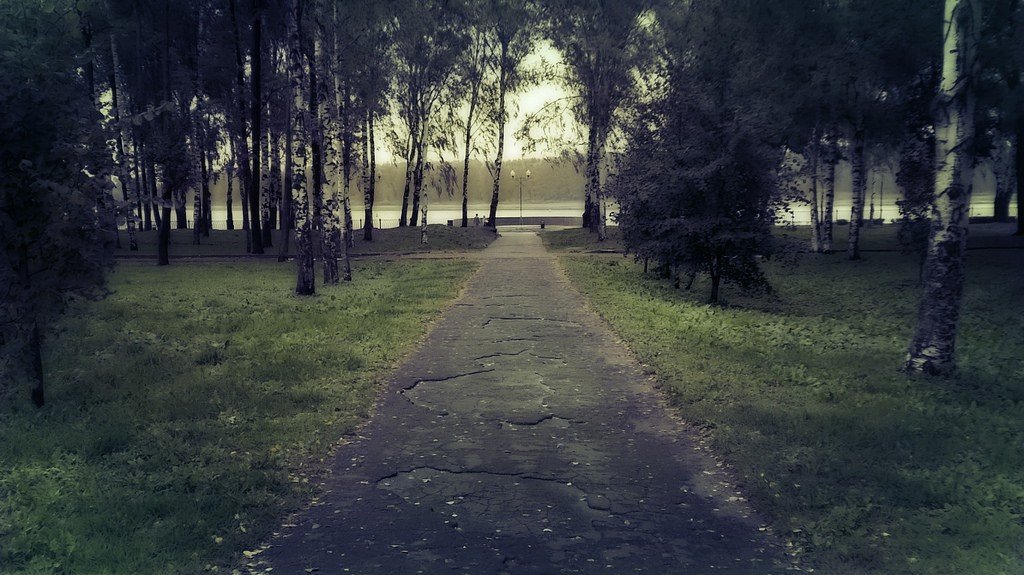
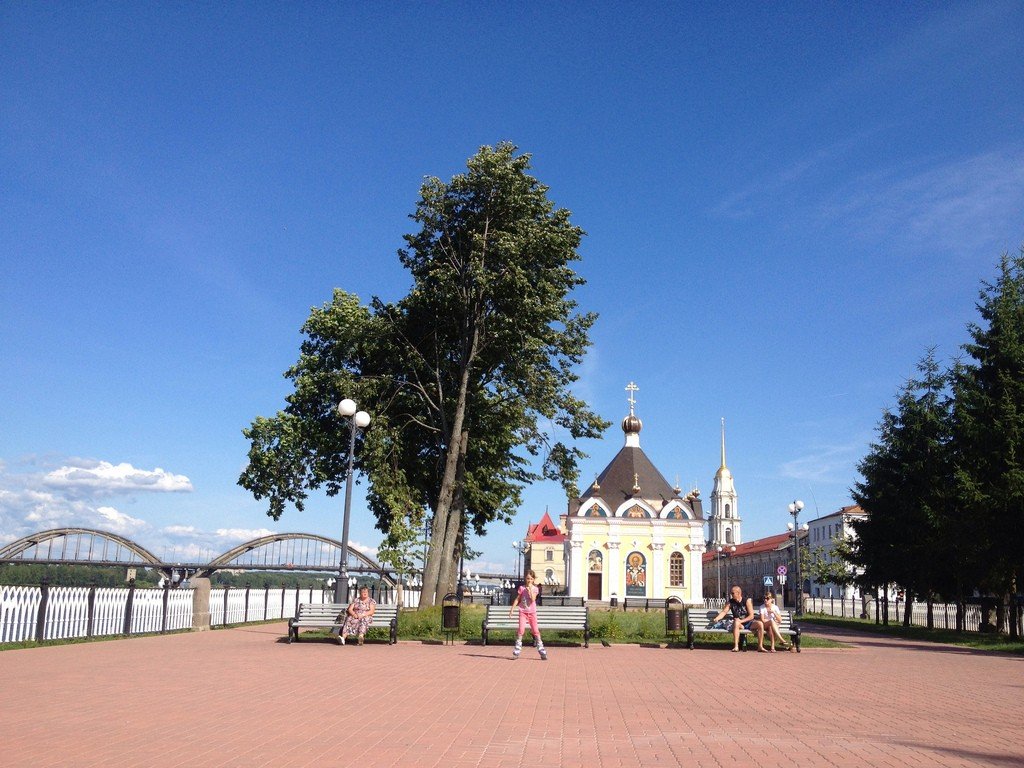
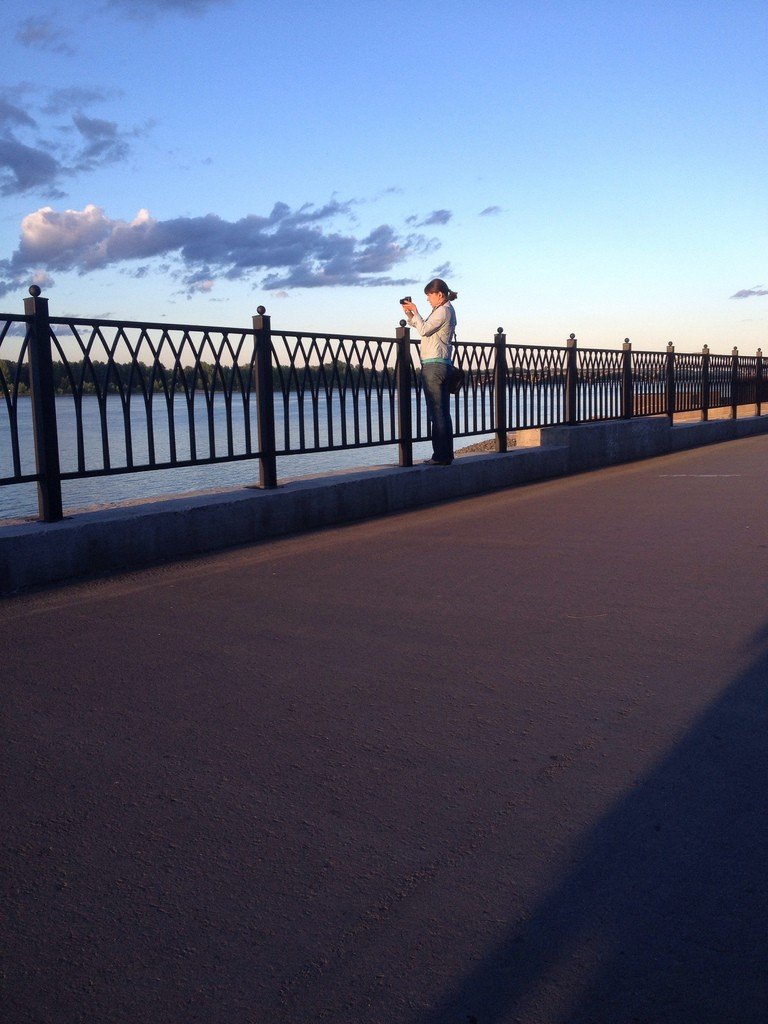
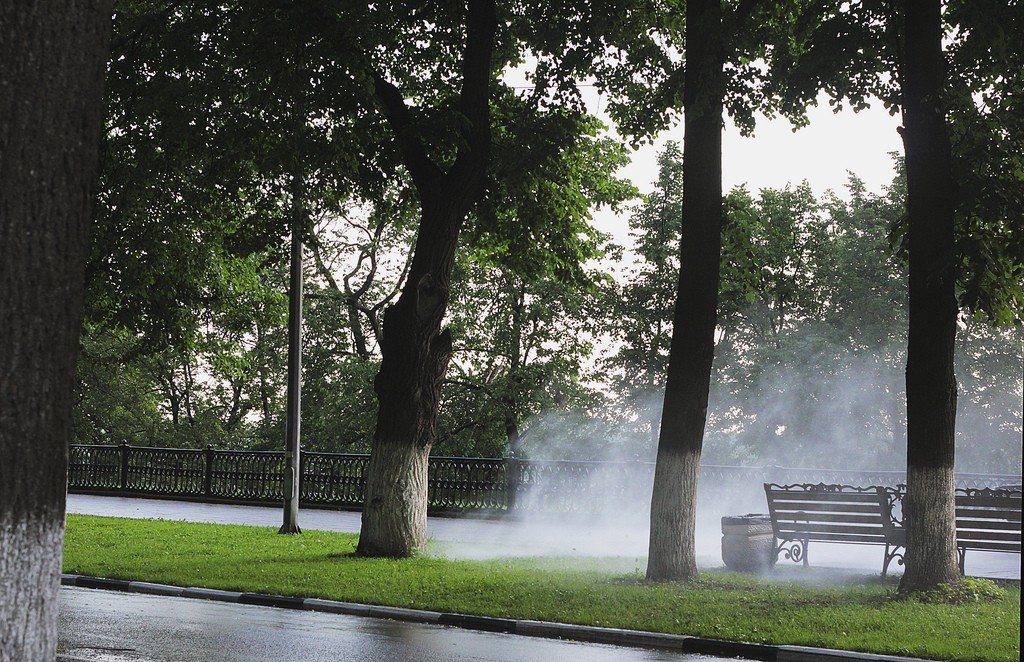
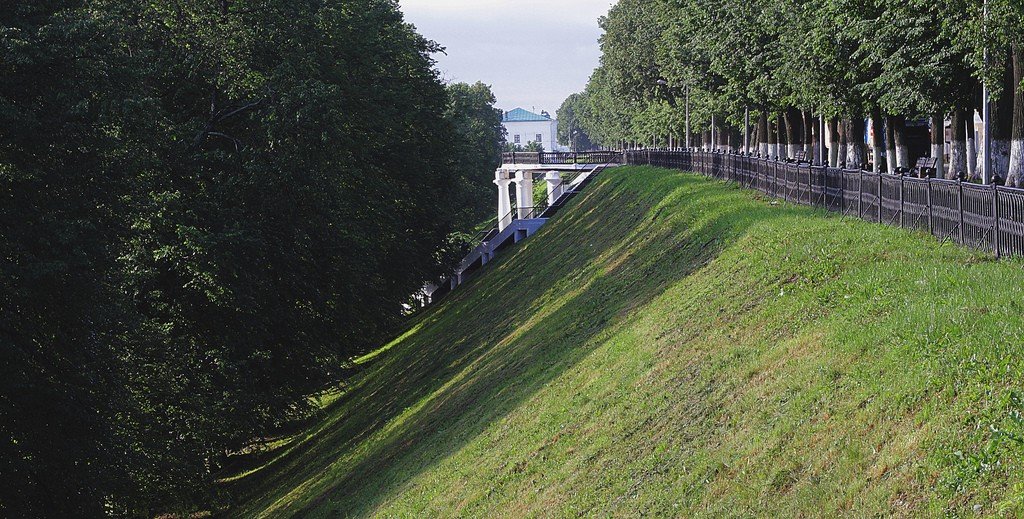
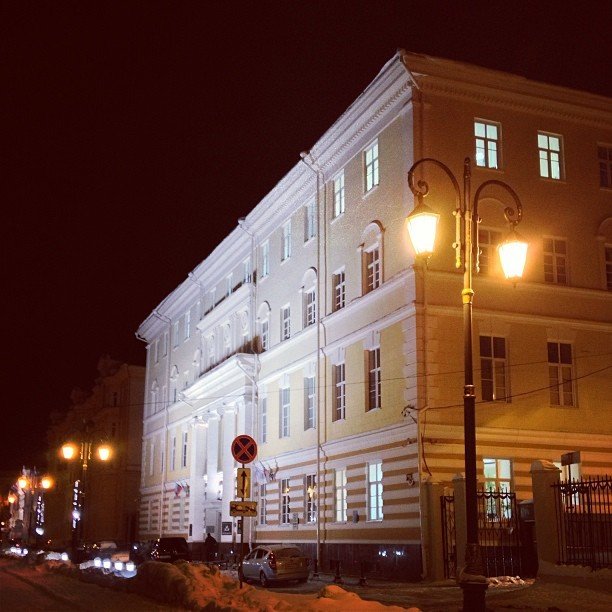
Video: Volga Embankment in Yaroslavl
ContentsHighlights
Volga Embankment is located in the center of Yaroslavl, along the right bank of the river in the Kirovsky district. The promenade starts from the city park at Cape Strelka and stretches along the Volga for almost 4 kilometers, up to Lenin Avenue.
.Remarkable architectural structures were erected near the river for centuries, gardens were cultivated, parks were created. Some of the historical buildings have long been lost. But those that have survived, carefully restored, some mansions housed museum expositions. Among them is the Yaroslavl Art Museum, which has one of the best collections of works of art among provincial cities in Russia.
.
In this prestigious corner above the Volga, hotels are built, the signs of restaurants and cafes shine invitingly. Not far from Strelka is the amusement park on Damansky Island, as well as the city beach.
.
History of Volga Embankment
Volga Embankment in Yaroslavl is one of the oldest streets in the city. It is known that as early as in the XIII century a wooden princely fortress towered over the river, protecting craftsmen’s settlements and trading wharves. Since the XVII century good stone buildings and public constructions were erected here. True architectural gems, churches, appeared on the shore. The development was chaotic. Overhanging over the Volga River overhung the weathered earthen ramparts of ancient fortifications, the palaces of boyars and merchants neighboring with the shacks of ordinary townspeople, gardens and vegetable gardens alternated with sloppy wastelands.
.
In the 1770s, city architects expanded the riverside zone, planned a regular building. At the Archbishop’s Chambers the bank was strengthened with masonry, but that was the end of the reconstruction: the city treasury was depleted.
.
Everything changed in 1823, after a visit to Yaroslavl by the Emperor Alexander I. The emperor ordered to allocate 20,000 rubles for the arrangement of the Volga embankment of the provincial city. A stone retaining wall was erected along the bank, cast-iron fences and benches were installed. Thinned out thickets of old trees turned into a green boulevard decorated with pavilions and rotundas, lime alleys appeared on the wastelands. Elegant bridges were built over the ravines that crossed the bank. Since that time, every mayor has sought to add new touches to the improvement of the embankment and adjacent neighborhoods.
.
During the Soviet era, the promenade was reconstructed several times. But the Volga embankment became especially beautiful by the 1000th anniversary of the foundation of Yaroslavl, celebrated in 2000. The alleys surrounded by flower beds and lawns were paved with figurative tiles, new lighting appeared, fountains, park sculptural compositions, original installations were installed.
.Walk along the embankment
Overview tours along the Volga embankment usually start at the columns of the light rotunda, erected over the river in the 1840s. This gazebo on the promenade is a traditional gathering place for tourist groups. Nearby there is a bench for photo sessions with a voluminous banner “I love Yaroslavl”. The golden-headed Assumption Cathedral dominates the promenade panorama here. The cathedral was blown up in 1937 and then recreated in 2010. Two white stone staircases lead to the cathedral standing on a high bank. At the facade there is a sculptural group “Trinity”, created after the famous Rublev icon.
. It is worth staying at the Metropolitan’s Chambers, located nearby. The residence of the Metropolitan of Yaroslavl was erected at the end of the XVII century. In the following centuries the building was repeatedly rebuilt. In the 1920s, the famous restorer Pyotr Baranovsky restored the mansion to its authentic appearance. Nowadays the Museum of Old Russian Art is located here. The collection contains the rarest icon “The All-Possessor” of the pre-Mongol period, works of Russian icon painters of XIII-XVII centuries. The exposition is open every day, except Monday, from 10:00 to 18:00. The entrance ticket costs 150 rubles..Of the fortress structures of the Yaroslavl Kremlin survived only four-story Arsenal Tower, built in the second half of the XVII century. In the basement of the massive building used to be a passage gate facing the Volga. Through them goods loaded from merchant ships were brought into the city. On the upper floors were stored stocks of gunpowder and weapons. At the end of the century before last, the tower was equipped with an inn, and today it houses a popular cafe. The windows of the dining hall offer a view of the Volga River. Opening hours: from 11:00 to 00:00.
.Attracts attention and well restored two-story mansion with mezzanine XVIII century, located on a hillside just above the Arsenal Tower. It is a fine example of provincial classicism architecture of the Catherine era. Baroque features are also caught in the appearance of the building. Urban legend connects the estate with Prince Bolkonsky, a literary character from Leo Tolstoy’s epic “War and Peace.”
.
In the depths of the Volga embankment is the Governor’s Garden, created in the first third of the XIX century in the English manner. Its shady alleys lead to a park fountain and then to a luxurious residence. This palace was built especially for the stay of Emperor Alexander I in Yaroslavl. Subsequently, the building was occupied by local town governors, and the residence became known as the Governor’s House. Now the Yaroslavl Art Museum is located here. Its halls exhibit more than 80,000 works of masters of Russian, European, Oriental art.
.
The art gallery presents paintings by Karl Bryullov, Ilya Repin, Ivan Kramskoi, picturesque landscapes by Vasily Polenov, Ivan Aivazovsky. Here you can admire watercolors by Orest Kiprensky, graphics by Alexander Benois, works by many other outstanding artists. A collection of porcelain and glassware made in the factories of the Russian Empire in the XVIII-XIX centuries is exhibited on the stands of the arts and crafts halls. Classical music concerts, educational events and traveling exhibitions are often organized in the interiors of the museum. The museum is open daily from 10:00 to 18:00. A full ticket to all expositions costs 400 rubles.
.Near the Governor’s Garden is a true architectural gem of Yaroslavl – the Church of Elijah the Prophet, erected in 1650. The mesmerizing silhouette of the snow-white tent bell tower with numerous stucco decorations seems to be carved out of a solid block of marble. The interiors have preserved magnificent frescoes of XVII century painters.
.On Volzhskaya Embankment there is also the Museum of the History of Yaroslavl. Its expositions are located in the former mansion of merchant Kuznetsov. The thematic halls present the main stages of the city’s development from the XI century to the present day. The gallery contains old paintings and engravings with city landscapes, where you can see images of lost churches and buildings. It is interesting to examine the numismatic collection with rare coins, an exhibition of medals and orders, showcases with archaeological artifacts, jewelry. In one of the rooms in memory of merchants Kuznetsovs there is an exposition with household items of prosperous city estates of the XIX century. Theatricalized tea parties are arranged here. The museum is open daily from 10:00 to 18:00, day off – Tuesday. The ticket price is 180 rubles.
.A stone’s throw from the Museum of City History is a new attraction of Yaroslavl – show-market “Golden Ring” (Sovetsky pereulok, 2/23A), where an amazing spectacle awaits tourists. It presents recognizable sights of the main cities of the famous tourist route: Kostroma, Rostov, Suzdal, Uglich and others. In the installation of Yaroslavl you will immediately recognize the panorama of the Volga embankment.
.This miniature living world was created by artists-decorators, designers, sound engineers, 3D-technology engineers. They populated literally every square centimeter of the installation with moving figures. Pedestrians walk along the streets, cars and buses drive by, trains arrive at the platforms of railway stations. Six times an hour dusk falls on the cities, lights come on in the windows of houses, cars turn on their headlights.
.
There are many plots invented here. It will take at least an hour and a half to see the layout. Children will be interested in a fascinating quest: in the streets of cities you need to find miniature figures of heroes of fairy tales and cartoons. The entrance ticket will cost 550 rubles. You can take an audio guide at the ticket office, and theater binoculars are available for viewing the smallest details on the toy streets. Access to the showroom is open from 10:00 to 20:00. At the entrance there is a bronze sign of the Zero Kilometer of the Golden Ring with directions to cities and the distance to them.
.
Among the architectural structures of the past century that decorated the Volga embankment, it is worth noting the river station. Above it, like a lighthouse, rises a narrow rectangular tower topped with a clock. The structure was erected in 1976-1984. Leningrad architect Timofey Sadovsky masterfully integrated the building into the landscape. During the summer navigation period multideck cruise liners moor here, excursion motorboats depart from the berths of the river station. A ride on the Volga lasts 2 hours, on board there are buffets. The cost of tickets – from 200 to 350 rubles, depending on the type of ship.
.Where to eat
Cafes and restaurants await guests on the Volga embankment. Among the most popular are the atmospheric institution “Vanilla Sky”, located on the upper tier of the river station, the restaurant “Sobranie” with Russian-style interiors, “Roza Vetrov”. The restaurant “Volzhskaya pearl”, located in the hotel of the same name, is famous for its excellent cuisine.
.You can have breakfast at the restaurant “Bulvar”, here it is open from 08:00. In the mornings the menu is light European breakfasts. For example, you can start with an Italian breakfast consisting of chicken fillet with spinach, crispy toast, scrambled eggs, coffee and orange juice. Belgian breakfast is offered to those who have a sweet tooth: the waiter will bring cheesecakes with strawberry jam, sweet Brussels waffles with a ball of ice cream and chocolate cream, coffee with milk, fruit juice. The cost of such sets of morning meals is 550 rubles.
.You can have a tasty lunch on the promenade in a cozy “Tavern on the Embankment”, located near the Museum of the History of the city. Try here fish salted gravy, pike cutlets, pork chops in cheese crust and specialty mors. The average check for two people will amount to about 1500 rubles. The inn’s doors are open from 11:00 to 23:00.
.How to get there
To the long Volga embankment goes all public transport running along the central streets of the city. For example, from the railway station of Yaroslavl to the embankment can be reached by buses № 2, 8, 13, 16. They stop near the Art Museum.
.